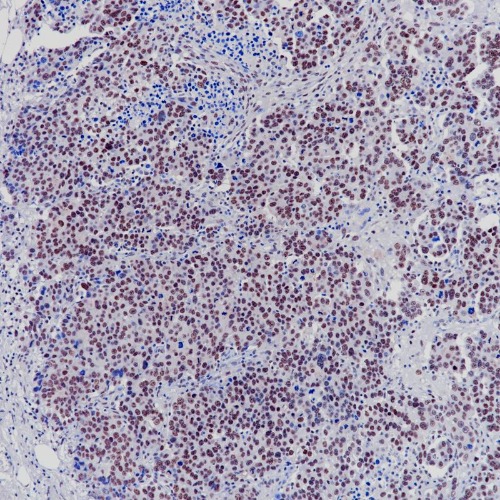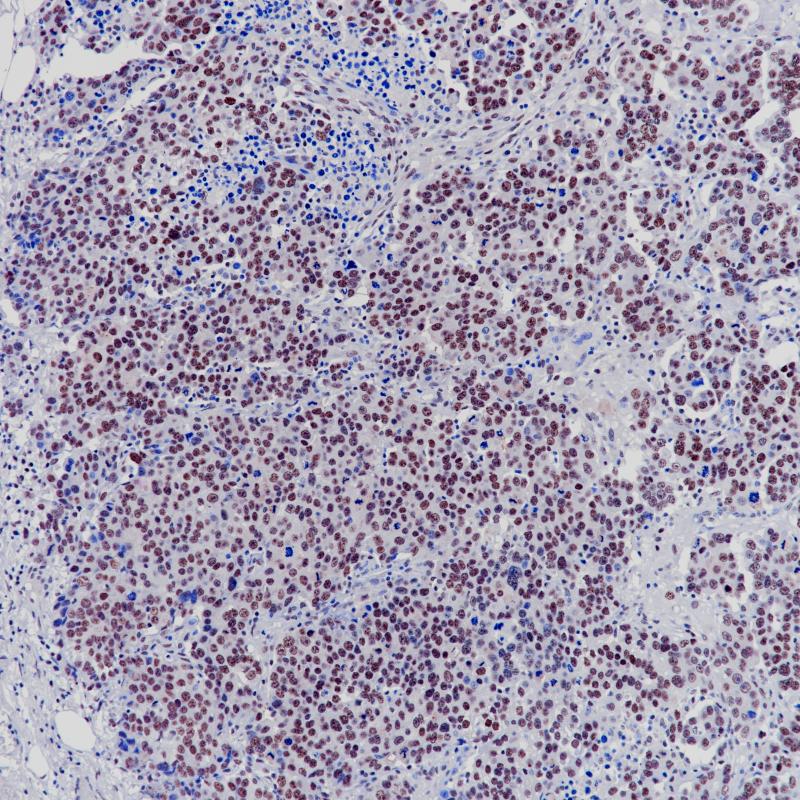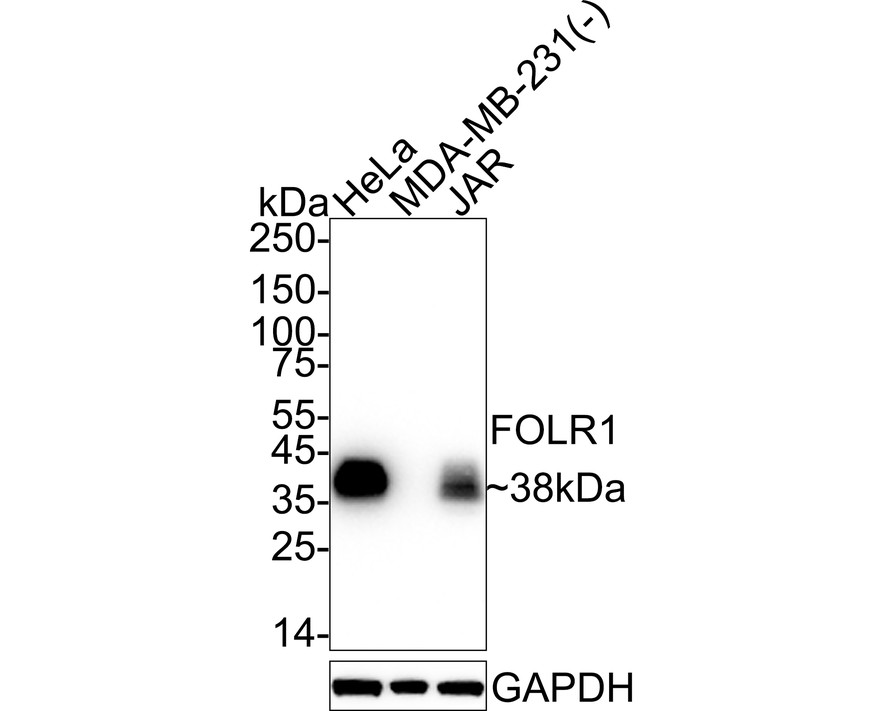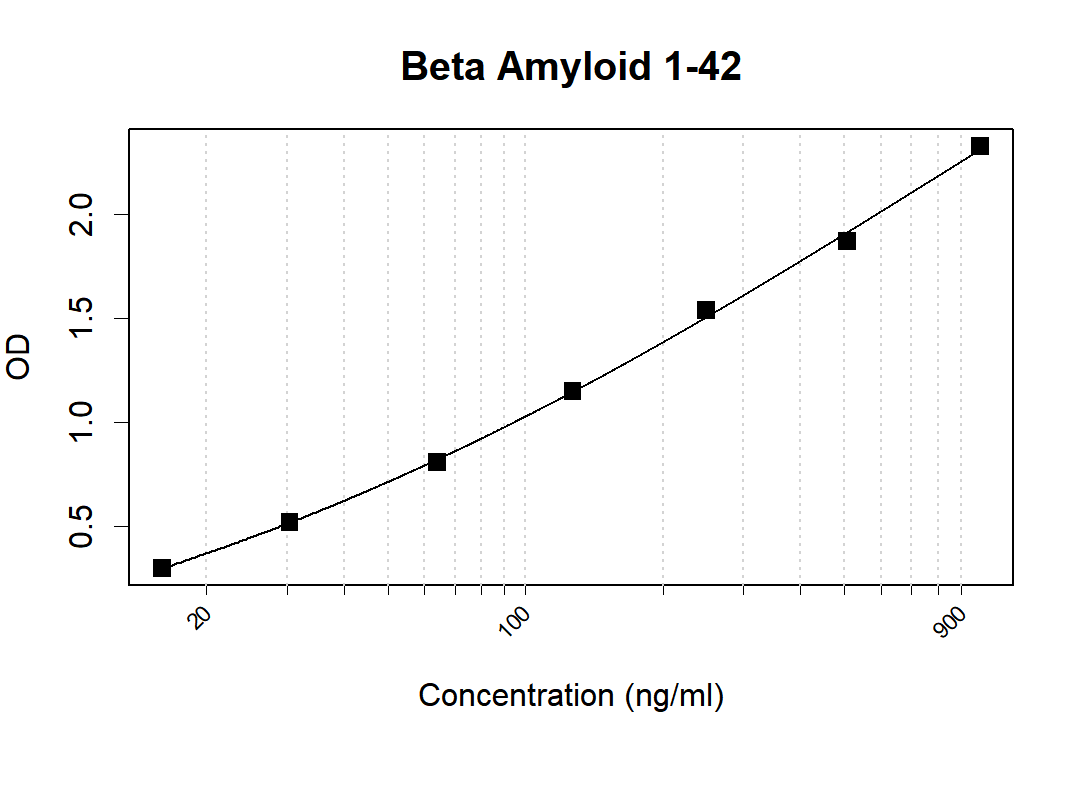BAP-1 Rabbit Monoclonal Antibody(ARB877)
CAT.NO. : ARB6669
RMB Please choose
RMB Please choose
Size:
Trail, Bulk size or Custom requests Please contact us
*产品价格可能会有所调整,请以品牌方官网实时更新的价格为准,以确保准确性。
Background
BAP-1 (BRCA-1 Associated Protein-1) is an 80 kDa protein known to function as a deubiquitinase (DUB); removing ubiquitin modifiers, which alter the function of other proteins via targeted degradation, subcellular localization, or activity. By removing ubiquitin, BAP-1 helps regulate the function of target proteins involved in diverse cellular processes.
BAP-1 was expressed in most normal cells, but deletion of expression has been found in mesothelioma.
Germline mutations in the BAP-1 gene have been associated with BAP-1 tumor predisposition syndrome, a condition linked to early onset and/or increased risk of multiple types of cancers including uveal melanoma, malignant mesothelioma, cutaneous melanoma, and renal cell carcinoma."
BAP-1 was expressed in most normal cells, but deletion of expression has been found in mesothelioma.
Germline mutations in the BAP-1 gene have been associated with BAP-1 tumor predisposition syndrome, a condition linked to early onset and/or increased risk of multiple types of cancers including uveal melanoma, malignant mesothelioma, cutaneous melanoma, and renal cell carcinoma."
Overview
| Target | BAP-1 |
| Host Species | rabbit monoclonal antibody |
| Molecular Weight | 80 kDa |
| Purity | ProA affinity purified IgG |
| Species Cross-reactivity | Human |
| Form | Liquid |
| Applications | IHC-P |
| Swissprot ID | Q92560 |
| Immunogen | Synthetic peptide |
| Storage Buffer | PBS 59%, Sodium azide 0.01%, Glycerol 40%, BSA 0.05% |
| Storage Conditions | -25°C to -18°C |
| Dilutions | IHC-P: 1:100-1:200 |
| Subcellular Location | Nucleus |
| Recommended Method | Heat induced epitope retrieval with Tris-EDTA buffer (pH 9.0), 30 min RT |
Data

Immunohistochemical staining of human mesothelioma tissue sections using BAP-1 Rabbit Monoclonal Antibody (ARB877).
Storage
Store at 4°C short term. For long term storage, store at -20°C, avoiding freeze/thaw cycles.
Research Use Only
For Research Use Only. Not for use in diagnostic procedures.
 New Products
New Products




















